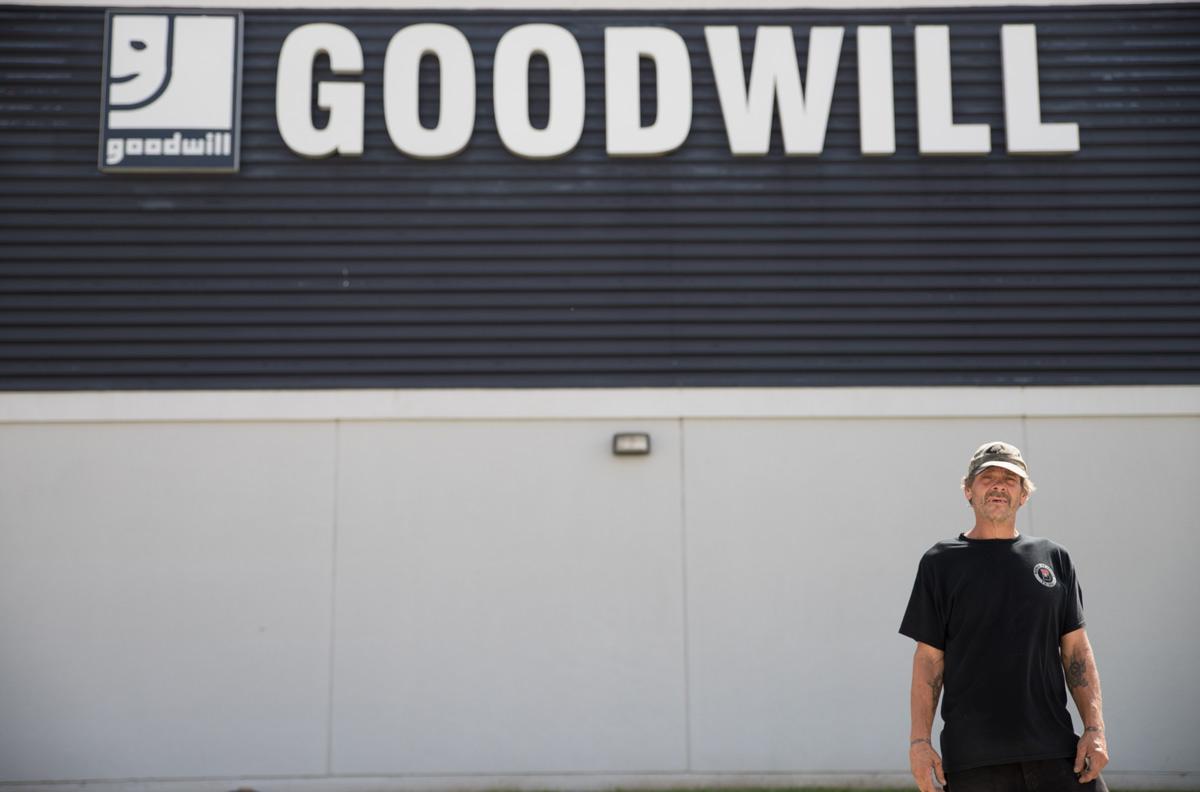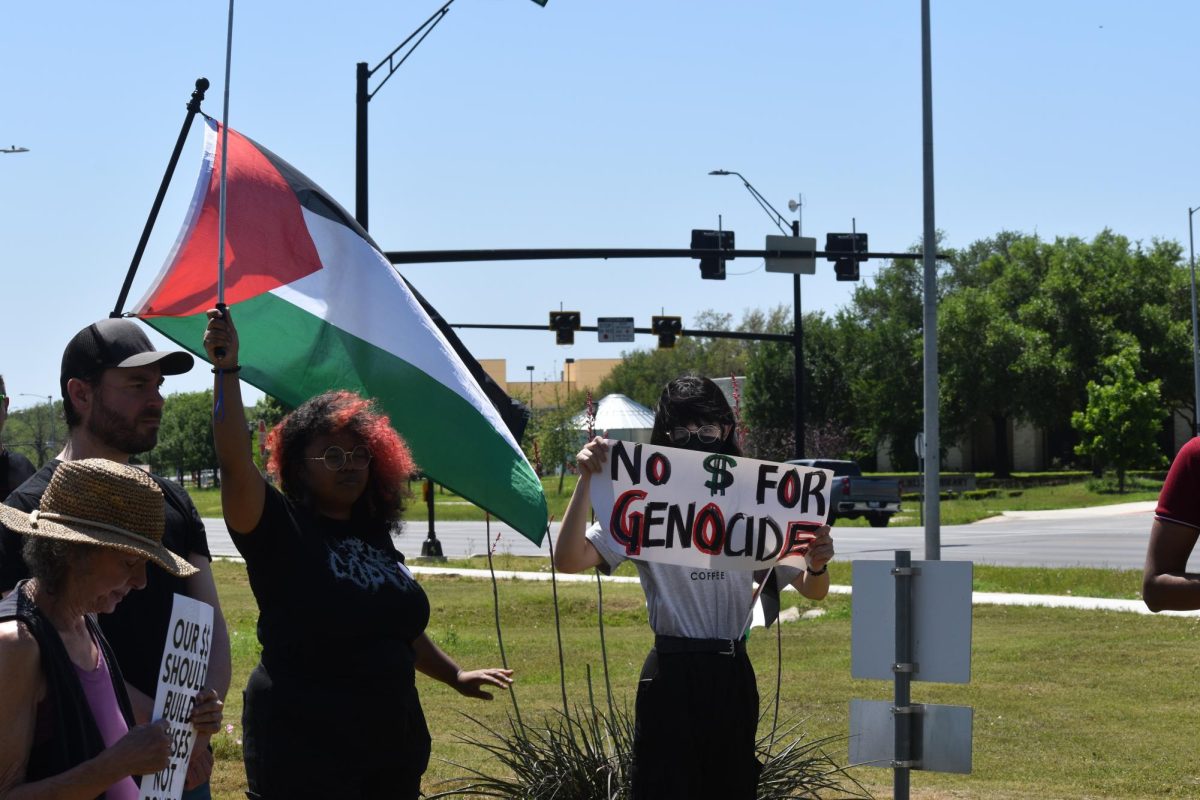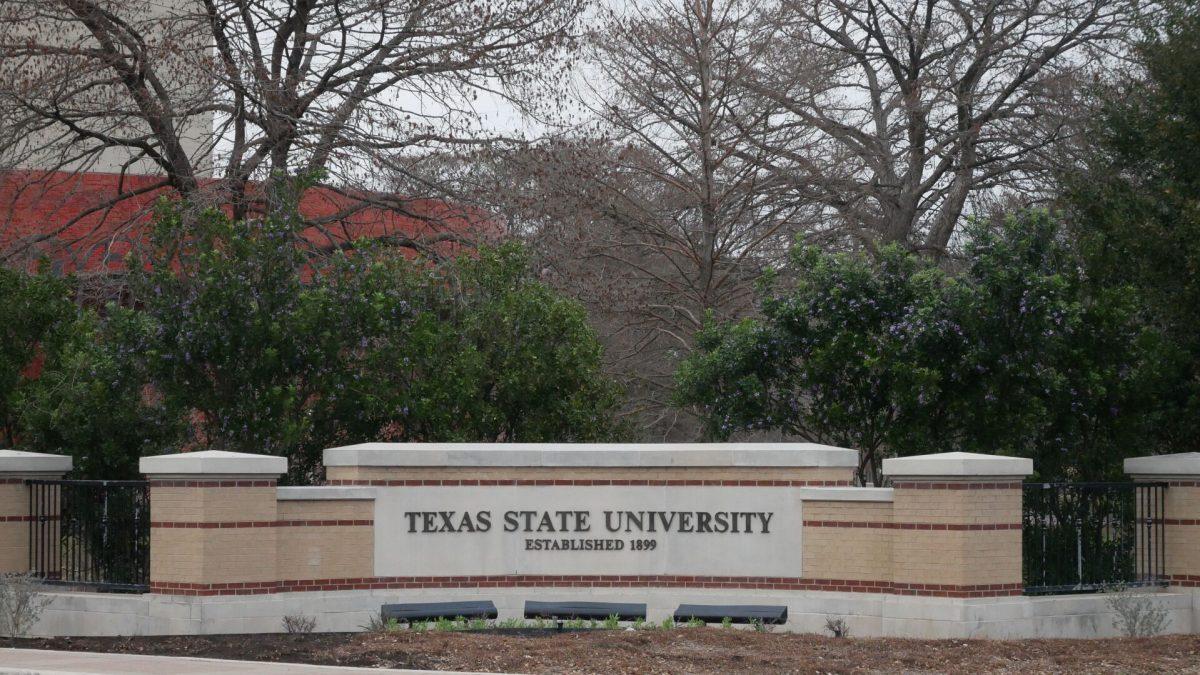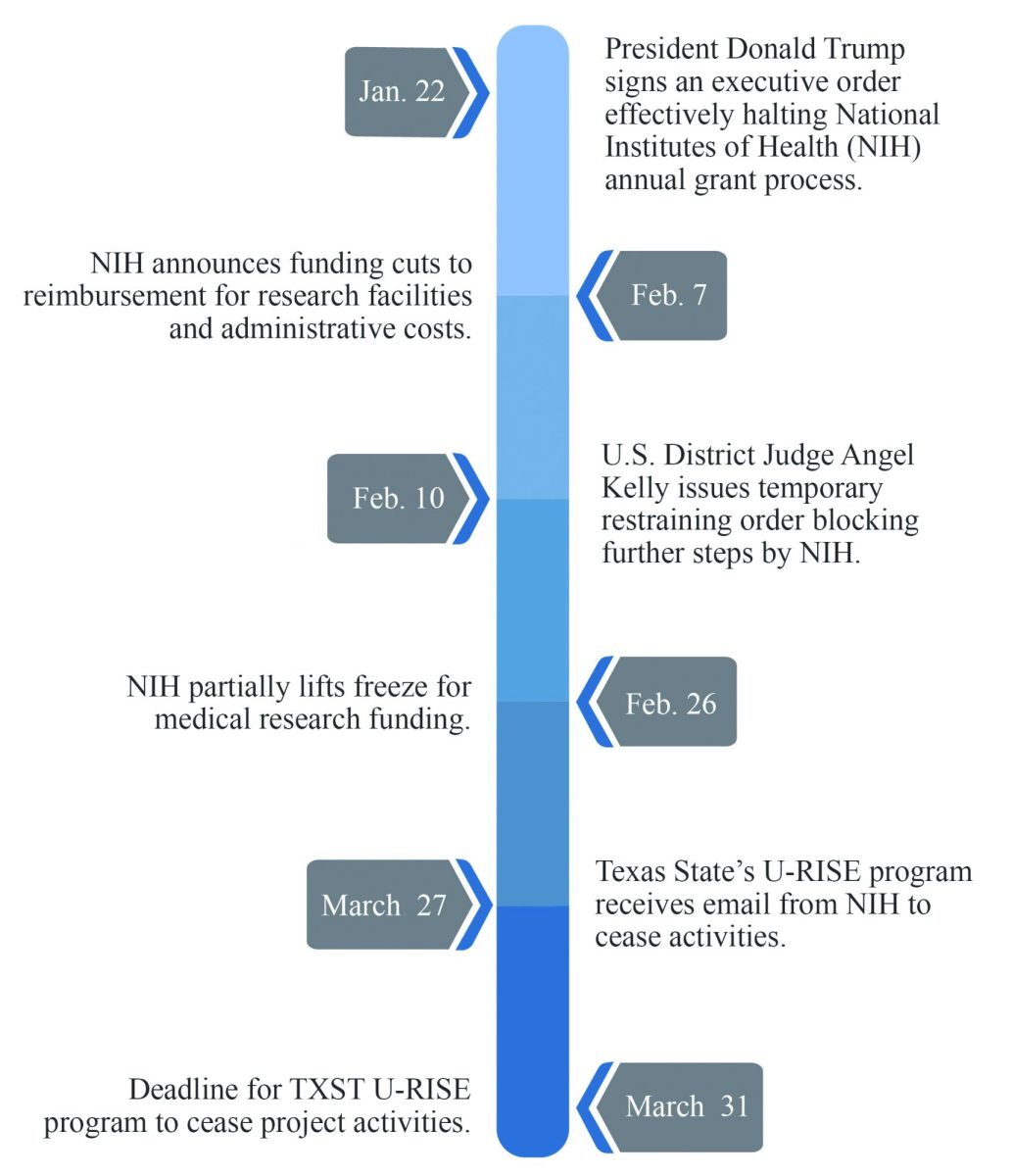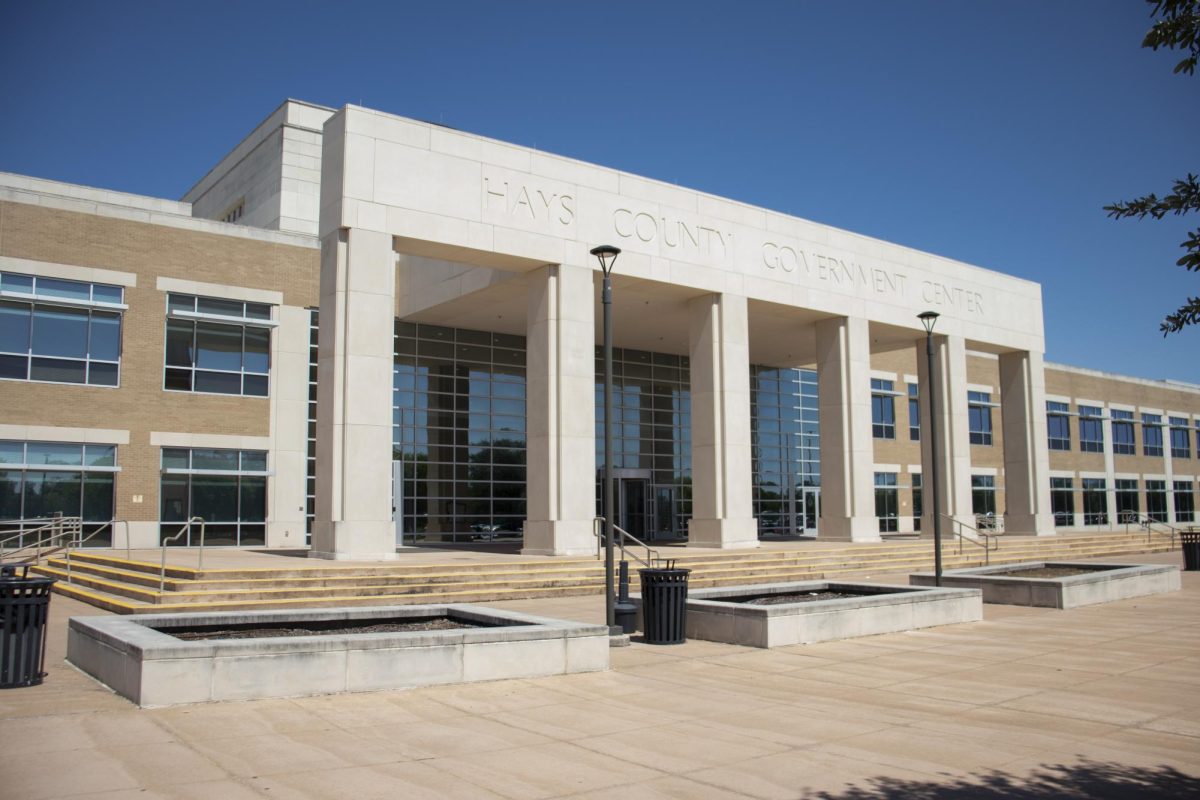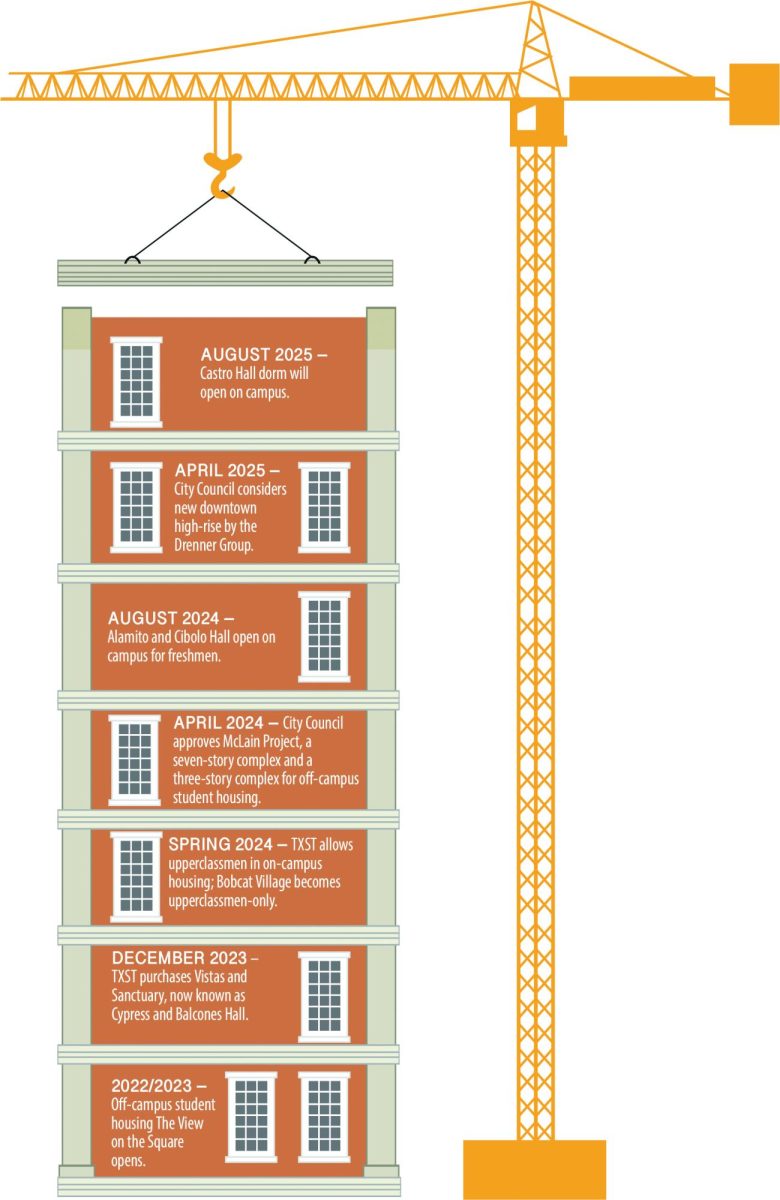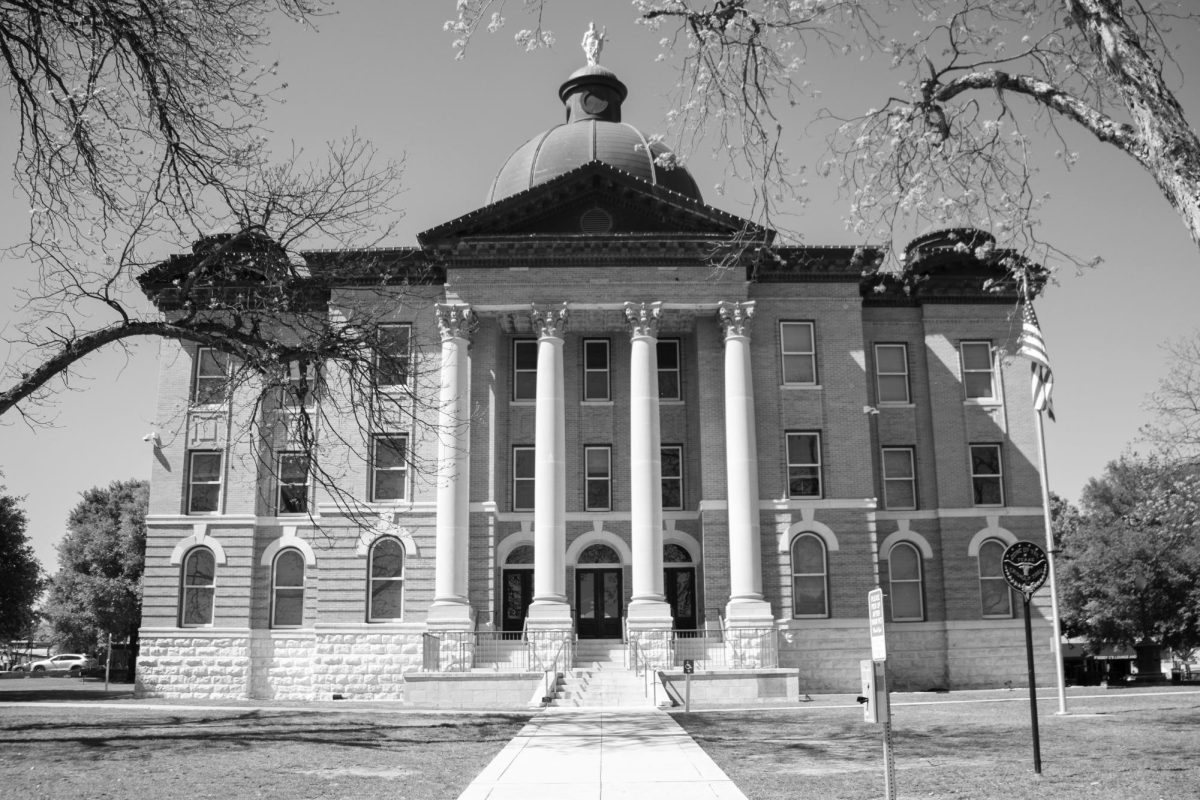Texas State faculty member Thomas Longoria in the department of Political Science is currently conducting research on San Marcos’ poverty levels. According to the 2010-2015 poverty rate estimate, 37 percent of San Marcos residents were living in poverty. That estimate falls to 23 percent when students are taken out of the census data.
Longoria wrote a book titled, “Understanding Poverty in San Marcos, Texas: A Comparative Perspective.” In the book, Longoria said, “In 2015, San Marcos marked a third consecutive year with the notable distinction of being the fastest growing city in the U.S. Despite this population growth, San Marcos also has the unfortunate distinction of having nearly 40 percent of the population living below the federal poverty level.”
In his research, Longoria has seen that as student poverty is declining, non-student poverty continues to rise.
“I’ve found that the student poverty rate is actually going down, and the non-student poverty rate is going up,” Longoria said. “We don’t know why. More research has to be done by really talking to students and non-students themselves, but there’s no speculation that the employment for non-students, part time employment, might be more favorable. And as a result, students are employing themselves out of poverty, where as non-students are still facing some structural unemployment or underemployment problems.”
While Longoria writes that, “In general, the poverty rate in a college town is often “discounted” because students are included in the U.S. Census calculation of the poverty rate.
Student poverty is indeed different from non-student poverty because college student poverty is viewed as a voluntary and temporary condition and is therefore not a public policy problem but rather a condition of the individual’s student status,” he still believes that student poverty is an issue that he would like to research further.
According to Longoria, “national evidence that hunger and homelessness among college students is a growing problem.”
“The issues of student poverty are really important,” Longoria said. “Student poverty is still poverty. A number of cities have begun to wrestle with the challenge of college student poverty. There are issues with students that are going to food banks or seeking public assistance because, while they’re students, they’re still dealing with housing instability and food insecurity.”
This distinction of this high poverty rate has a chain effect on the economic climate of San Marcos.
“These stories in part shape perceptions of San Marcos and these perceptions influence decisions on business relocation and retention, real estate development, and the decisions of individuals and families seeking a new community in a fast-growing region,” Longoria stated in his research.
As more people migrate to San Marcos, the poverty estimates statistics continue to change.
“One of the things that I’ve found which I thought is quite interesting is that the poverty in San Marcos seems to be shifting a little bit from certain neighborhoods to other neighborhoods,” Longoria said. “As people come to live in the community, they bring with them certain packages of employment and family structure and things like that that make it less likely for them to be in poverty, so we do have this general sense that there are people moving into San Marcos, and where they move and their income is going to affect the poverty rates on the sub-city level. So there is definitely some change going on in the city on that basis.”
Longoria believes that this flow of people into San Marcos could be due to unaffordable housing in Austin.
“My speculation is that people in the city of Austin are getting priced out of affordable housing,” Longoria said. “A lot of them might be moving to San Marcos due to a supply of affordable housing for sale or for rent. So, San Marcos is going to be an attractive place for people to move when they’re escaping higher costs of housing in Austin.”
“The picture is not all doom and gloom,” Longoria said. “I think that the city of San Marcos did a pretty good job holding poverty rates stable over that period of time (during economic crisis of early 2000’s), because there were definitely some economic attractions during that period. So that is positive.”
Longoria presented his research to City Council on Oct. 3 to educate council members and begin to discuss a plan for combating poverty in San Marcos.
Categories:
Professor researches San Marcos’ poverty
October 17, 2017
Frank, a homeless man in San Marcos, shops around at the local Goodwill.
Photo by Felipe Gomez | Staff Photographer
0
Donate to The University Star
Your donation will support the student journalists of Texas State University. Your contribution will allow us to purchase equipment and cover our annual website hosting costs.
More to Discover



